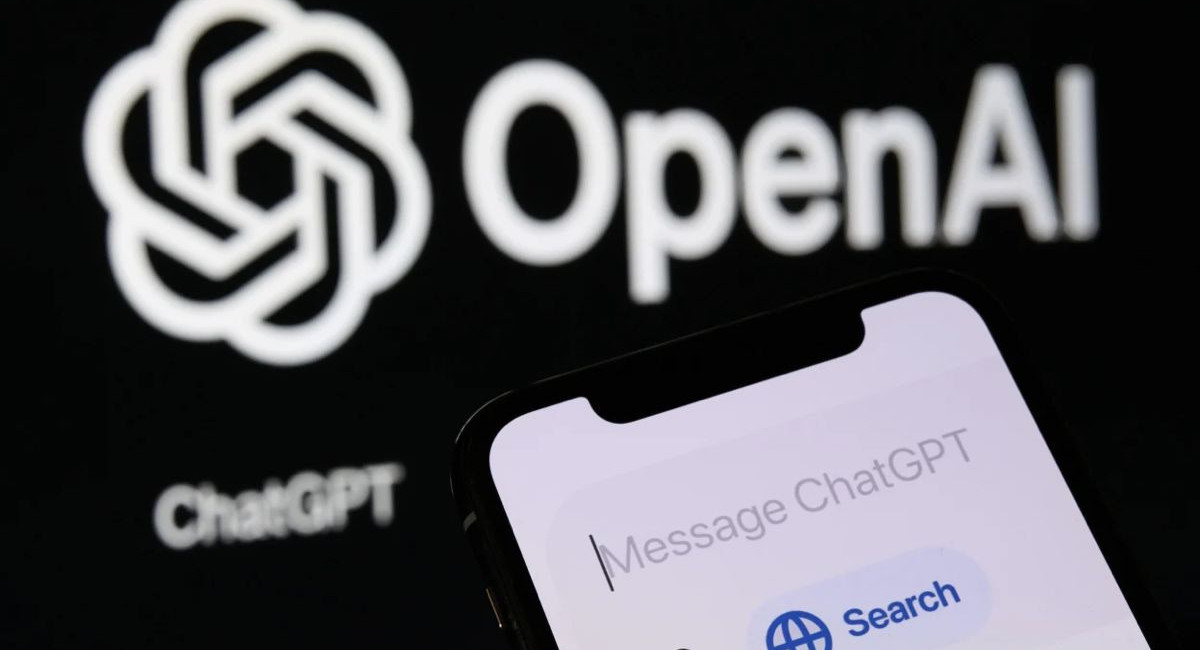SEARCH
OpenAI introduces o3-pro AI model with improved performance on complex tasks

SHARE IT
OpenAI has officially unveiled its most advanced reasoning model to date, o3-pro, marking a significant step forward in the company's AI development roadmap. Designed to deliver improved performance across a broad range of complex tasks, o3-pro is now positioned as the top-tier model available to ChatGPT Pro and Team users, replacing the previous o1-pro.
What sets o3-pro apart is its enhanced capacity for deep reasoning, powered by a more compute-intensive framework. This allows the model to produce consistently better responses, particularly in challenging domains such as mathematics, scientific analysis, programming, business applications, and writing support. According to OpenAI, internal testing and user feedback show that o3-pro outperforms not only o1-pro but also the standard o3 model in terms of clarity, accuracy, depth, and its ability to follow detailed instructions.
One of the most notable additions to o3-pro is its support for tool use. Unlike its predecessor, this model can actively leverage a range of capabilities—including web search, Python execution, file analysis, image reasoning, and even memory-based personalization—to deliver tailored, context-aware answers. This makes it an ideal choice for users who require more nuanced, reliable, and multifaceted outputs, even if it means slightly slower response times. OpenAI emphasizes that o3-pro is best suited for tasks where precision and reliability take precedence over speed.
For enterprise and academic users, OpenAI plans to roll out access to o3-pro in ChatGPT Enterprise and Edu accounts starting next week. In the meantime, developers can begin integrating o3-pro into their own applications. The model features a 200,000-token context window, making it well-suited for handling large and complex datasets or prompts. Pricing is set at $20 per million input tokens and $80 per million output tokens. Developers are advised to run the model in background mode to avoid timeout issues during intensive tasks.
However, o3-pro does come with certain limitations. Currently, temporary chat sessions are disabled due to an unresolved technical issue. Moreover, the model does not support image generation or access to the Canvas feature. For image-related tasks, OpenAI recommends using GPT-4o, o3, or o4-mini instead. Additionally, o3-pro has a knowledge cutoff date of May 31, 2024, meaning that it may not have access to events or developments beyond that point.
Despite these constraints, o3-pro represents a strategic evolution in OpenAI’s product line, as the company continues to navigate the trade-off between performance and usability. With its heightened reasoning capabilities and expanded toolset, o3-pro is positioned to serve professionals, educators, and developers who need a reliable, intelligent assistant capable of handling sophisticated tasks across diverse fields.
As OpenAI further refines its models, the rollout of o3-pro reflects a clear shift toward more personalized, context-aware, and deeply integrated AI solutions. It also underscores a growing emphasis on practical application—ensuring that as the models grow more powerful, they remain accessible and useful for real-world problem-solving across industries.
MORE NEWS FOR YOU

 Help & Support
Help & Support 

